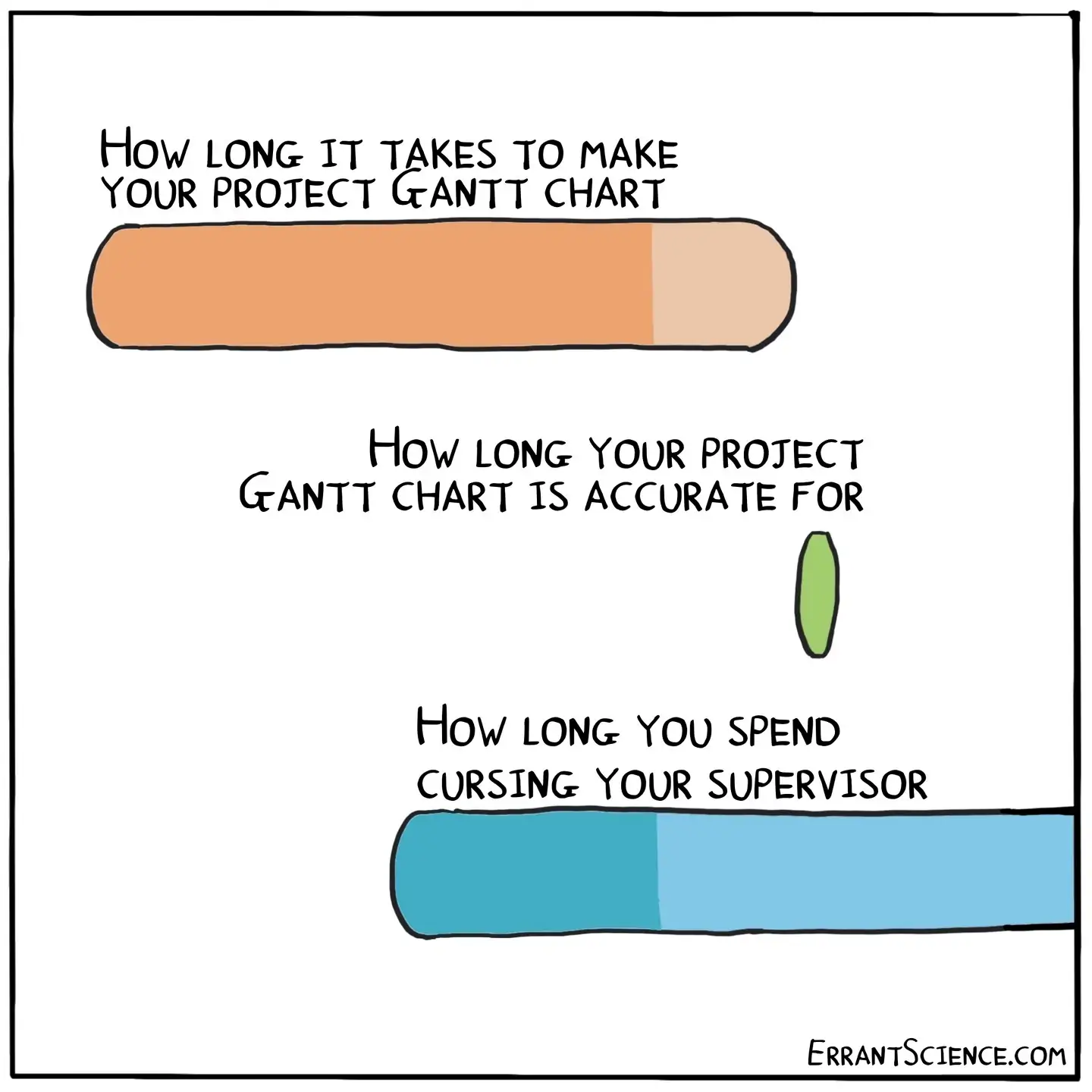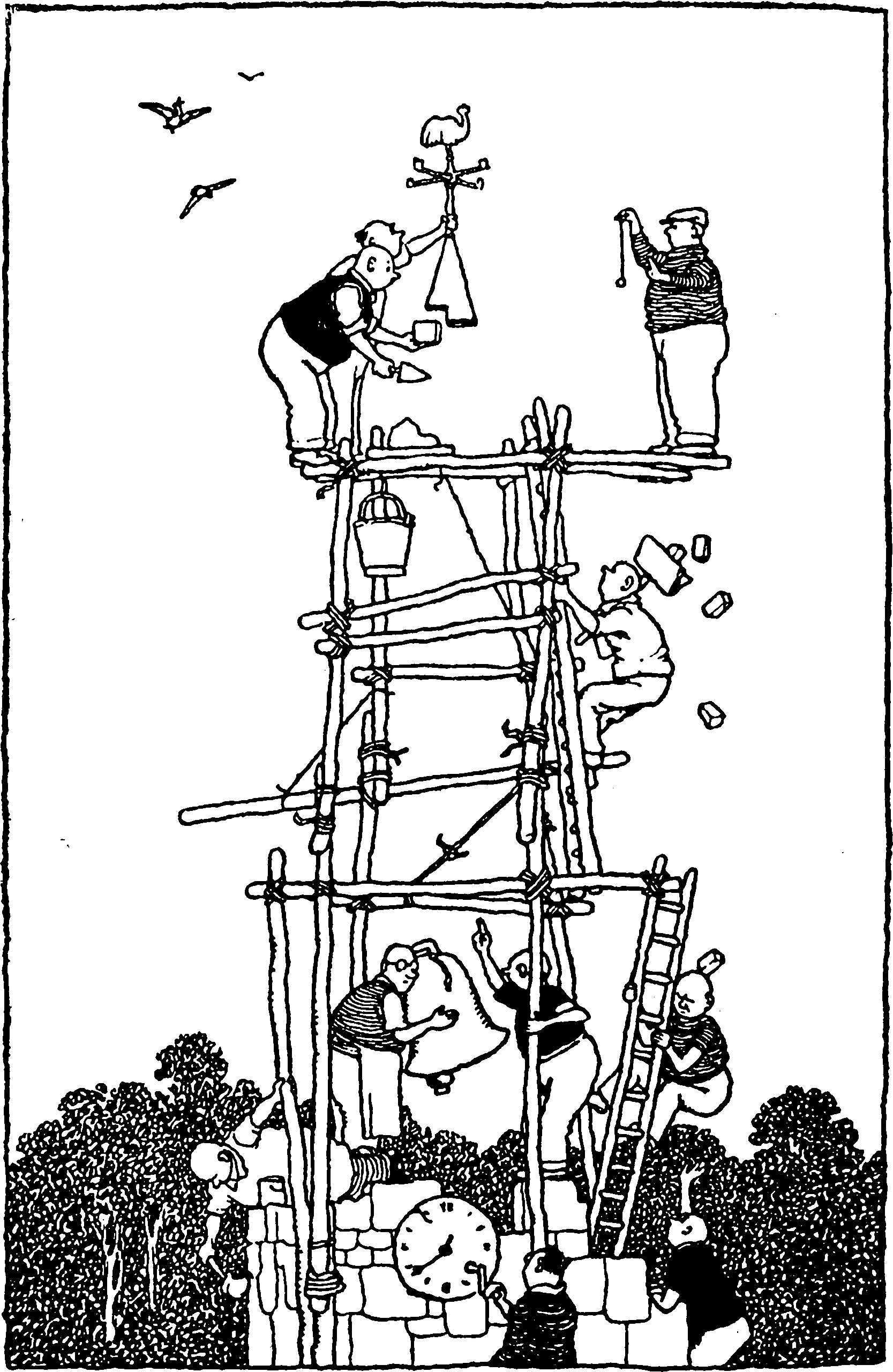Project management
With special attention to speculative and innovative projects
2021-03-22 — 2024-09-24
Wherein the conduct of projects is treated as a study in institutional affordances and teamwork, and the peculiarities of innovative research projects and the planning fallacy are delineated.
Making projects happen via a combination of institutional affordances and teamwork. I am especially interested in innovative/research/invention, which by design have a different structure than something more reasonably routine and repeatable, such as building a house.
1 Estimating
The Planning Fallacy, project overruns, amelioration strategies, and pathologies of queueing theory
Erik Bernhardsson, Why software projects take longer than you think has a neat statistical essay with some basic statistics which nonetheless produce some non-intuitive results for time management. Segue into queueing theory.
David R. MacIver, How to think about task estimation
Ben Brostoff, in Strategies for Long Projects, proposes that a certain kind of “irrational” optimism is the rational attitude to doing big things.
The Planning Fallacy: Predicting Times and Costs
Hofstader’s Law: It always takes longer than you expect, even when you take into account Hofstadter’s law
There are some handy keywords to find citations for here: This Is Why Your Projects Always Take Longer Than You Expect.
2 Empirically informed
This field is full of MBAs citing anecdata. How much empirical statistically meaningful study is there of efficient organisations actually? I am sure there is some research here, behind the protective chaff of Business school glossy reports.
3 Solo
See time management.
4 Overruns
Related: Development hell.
Bert Hubert argues How Many Hours for Multithreading the Server?
WHY is someone asking you for such detailed estimates? Do they really care if it takes you 1 hour to do the ACLs and 120 hours to do the multi-threaded architecture or the other way around? Often the person asking you for estimates doesn’t even know what these things are!
No, a major reason why they are asking this stuff is to give you lots of rope to hang yourself with. For them, it is a big covering of asses exercise. Because if you go faster than you scheduled, it is your issue (‘this guy has been overbilling us!’). If you go slower, it is DEFINITELY your issue. If part of the project was easier, but another part was harder, it is still your problem (‘he missed the deadline for the layout demo but he mumbled something about the ACLs being ready!’).
Another major reason is that by having YOU be very detailed, it saves THEM from having to make any tough choices. You …
And this is where you turn the tables on the people with the spreadsheets.
Force THEM to commit to specific times and deliverables! If there are unanswered questions on the project (operating system? virtualised or not? database to use?), block on that. “I can’t plan unless I know what the work is!”. List ALL the things you need to know.
If they can’t answer that on the spot (and a project manager typically won’t be able to), ask them for an exact date when they CAN provide the answers.
To, appropriately enough, be continued later.
5 The simplest thing
6 Prioritisation
7 Tools
8 Incoming
- Planning 101 introduced Murphyjitsu
- Tossed Salads And Scrumbled Egg This is some deep project management lore
- Samir Unni, Molecular Missionaries
- Spencer Greenberg, The Question Looping Process: how to build great products by asking the right questions


